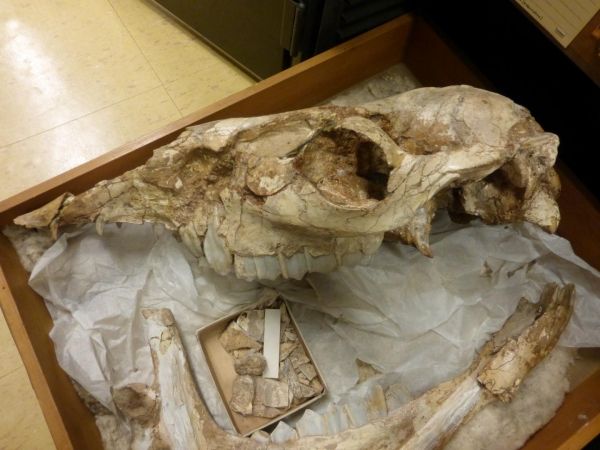A new study looking at extinct camelids - ancestors of today’s camels and llamas - tells the story of North America’s ancient savannas and highlights how past climatic and environmental conditions influenced the composition of mammalian faunas.
Although savanna habitats (treed grasslands) are only found in the tropics today, around 18 million years ago, during the Miocene epoch, savanna ecosystems, similar to those of modern Africa, existed in the mid latitudes of North America. At their peak - around 12 million years ago - they were comparable in their mammalian diversity to that of the Serengeti today.
The study, published in Frontiers in Earth Science, is the work of palaeobiologists at the University of Bristol and the University of Helsinki. It provides the first quantitative characterisation of the ecomorphology of a group of large herbivorous ungulates (i.e. hoofed mammals) known as artiodactyls, which includes camels and antelope, from ancient North American savannas and how they compare with their counterparts from the present-day African savannas, such as the Serengeti.
Lead author of the research, Nuria Melisa Morales García from the University of Bristol, said: “The North American savannas housed a vast diversity of camelids. In fact, camelids actually originated and first diversified in North America where they lived for more than 40 million years and were incredibly successful and widespread.”
Read more at University of Bristol
Image: Skull of Camelops, one of the now extinct North American camelids. Used with permission from the American Museum of Natural History. (Credit: Christine Janis)


